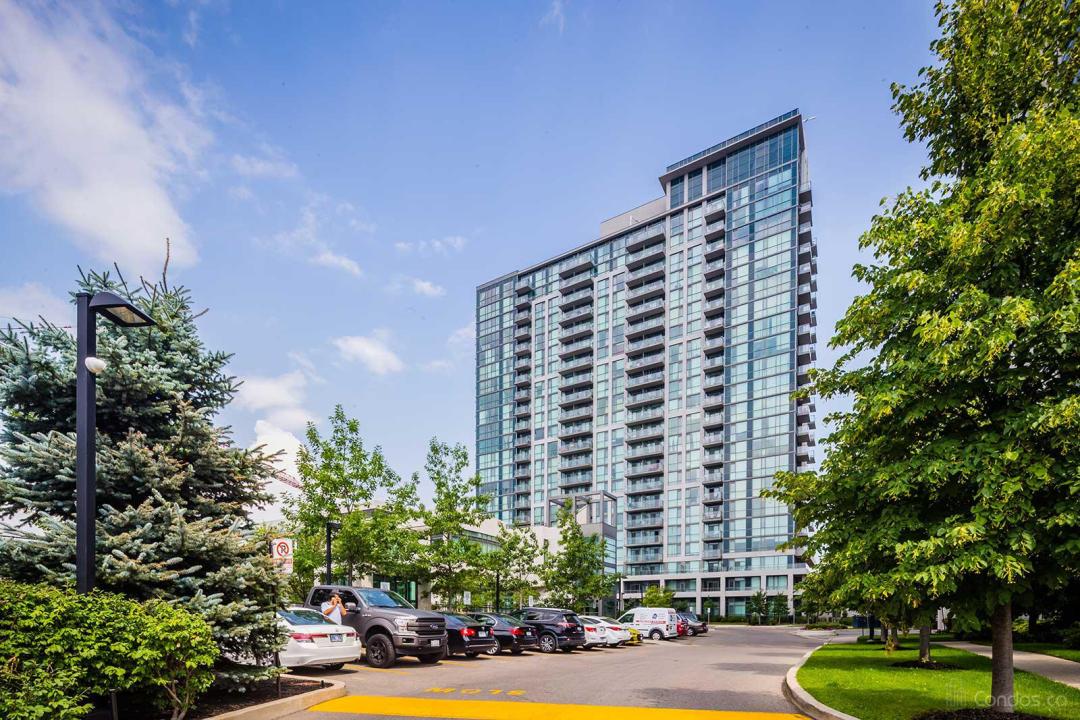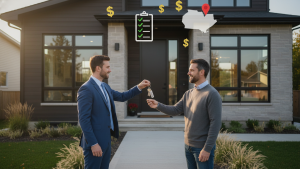How do I price a parent’s home fairly?
Sell Your Parent’s Home Without a Fight: Price It Fairly in 7 Straightforward Steps
Why fair pricing matters right now
Pricing a parent’s home incorrectly costs money, time, and family peace. Price too high and the house languishes. Price too low and you lose legacy value. This guide gives clear, actionable steps to set a fair market price that sells.
1) Start with a professional appraisal
An appraisal gives an unbiased fair market value. It’s the single best data point when heirs disagree or when lenders ask. Budget for a certified residential appraisal. Use it as your anchor.

2) Pull recent comparable sales (comps)
Get 3–6 houses sold in the last 3 months within the same neighbourhood, similar size and condition. Comps show what buyers actually paid, not what they say they would. This is the backbone of pricing.
3) Adjust for condition and updates
Older homes often need repairs or updates. Subtract repair costs from your target price or fix key items before listing (roof, heating, mold). Buyers pay for move-in-ready. Document every repair with receipts.
4) Factor in emotional value objectively
Family memories have no dollar tag, but they influence sellers. Separate sentimental value from market value. Use neutral third parties—appraiser, experienced realtor—to keep conversations fact-based.
5) Use a local expert who specializes in senior and estate sales
A realtor who understands senior needs, downsizing, and estate timelines sets realistic prices and manages sensitive discussions. They bring local market intelligence, staging advice, and negotiation muscle.

6) Price for the market window, not wishful thinking
Look at days-on-market for similar listings. If inventory is high, price competitively. If demand is strong, you can test slightly above value with a clear marketing plan. Avoid arbitrary price tags.
7) Offer clear data to heirs and stakeholders
Create a one-page pricing packet: appraisal summary, 3 comps, repair estimates, and recommended list price range. Transparency reduces conflict and speeds decisions.
Quick pricing formulas
- Ask price = Comp average ± adjustments for condition and upgrades.
- Repair-first approach = Fix top 3 buyer-turnoffs and list at comp average.
- As-is quick sale = Comp average minus repair + investor discount (5–12%).
Common mistakes to avoid
- Relying on online estimates alone (they’re a starting point, not the answer).
- Letting sentiment dictate price.
- Skipping a professional inspection or appraisal.

Final decision path
Use an appraisal and local comps as anchors. Adjust for condition, market speed, and family needs. Pick a price range, agree on a single list price, and move forward with a listing plan.
Tony Sousa is a local realtor who handles parent and estate home sales with clarity and speed. If you want a fair price and a calm process, call or email: tony@sousasells.ca | 416-477-2620 | https://www.sousasells.ca





















